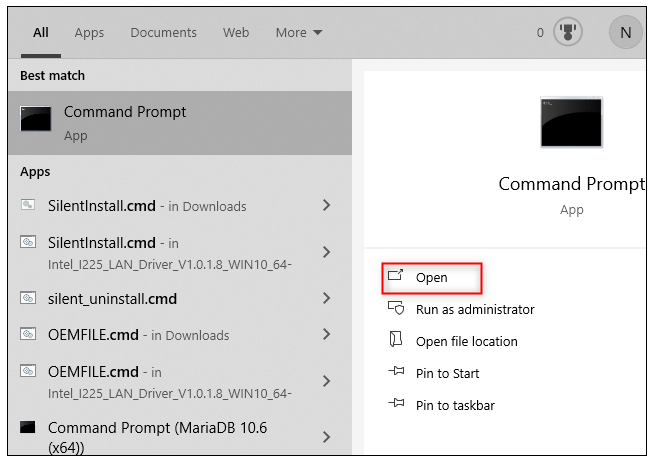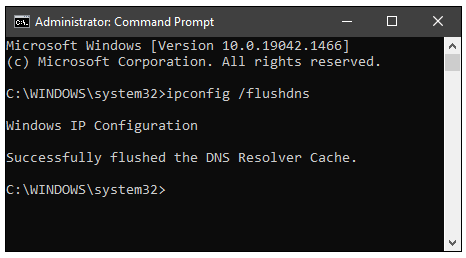How to flush DNS in Windows 10
One of the problems that can disrupt your computer’s Internet connection is a problem with the DNS cache. If you’ve tried tricks like clearing browser cache and cookies but the problem still persists, flushing DNS might fix your problem.
You should note that the DNS cache affects your internet traffic, so if you only have a problem with a specific site or application, the problem is not related to the DNS cache. The DNS cache can save website loading time, but if something goes wrong, it can cause your connection to fail. DNS cache failure has different causes.
We can use CMD to clear the DNS cache on a personal computer. The DNS cache is not stored in a file but memory.
First, enter Command Prompt.

After entering the Command Prompt environment, type the command ipconfig /flushdns on the command line and press Enter.

You must receive the message ” Successfully flushed the DNS Resolver Cache.
In the past, access to system information on a network was only possible through IPs. In a network, communication between clients and servers is established by IPs. Of course, remembering the IPs associated with each site or system on the network is not easy. Instead, it’s easier to remember a name for each IP. Therefore, they assigned a specific name to the IP of each site or system. For this purpose, a protocol called DNS, or Domain Name System, was developed. This protocol is used to translate the names of host systems or their domains into IPs. In the following, we will become more familiar with this protocol.
What is DNS?
DNS is one of the most widely used protocols on the Internet, introduced in 1984. As mentioned, to simplify the process of accessing the information of each site, a domain name (Domain Name) was considered for each of them. Every website on the Internet has its unique domain and is known through it.
Of course, in a network, communication between clients and servers is established via IP. Therefore, DNSs were used to convert domain names to IP. DNS is a distributed database in which the domain names and IPs of sites are stored. It works like a phonebook. Phonebooks list each person’s name and phone number. In DNSs, domain names are the names of people in the phonebook, and phone numbers are the IPs of sites. If this protocol is not used on the Internet to translate domains, they will have to log in to their different IP sites each time.
How does DNS work?
You may be wondering how DNS organizes and identifies domains. This protocol’s structure is designed so that it is not necessary to be aware of all registered domains. In simpler terms, this protocol does not necessarily maintain the domain but processes and ultimately identify them. To this end, website domains follow a hierarchical structure. In this protocol, the domain of sites is examined step by step from right to left and finally identified. The structure of each domain consists of 5 main parts, which are:
- Root Domain
- Top Level
- Domain Second
- Level Domain
- Subdomain Host Name
